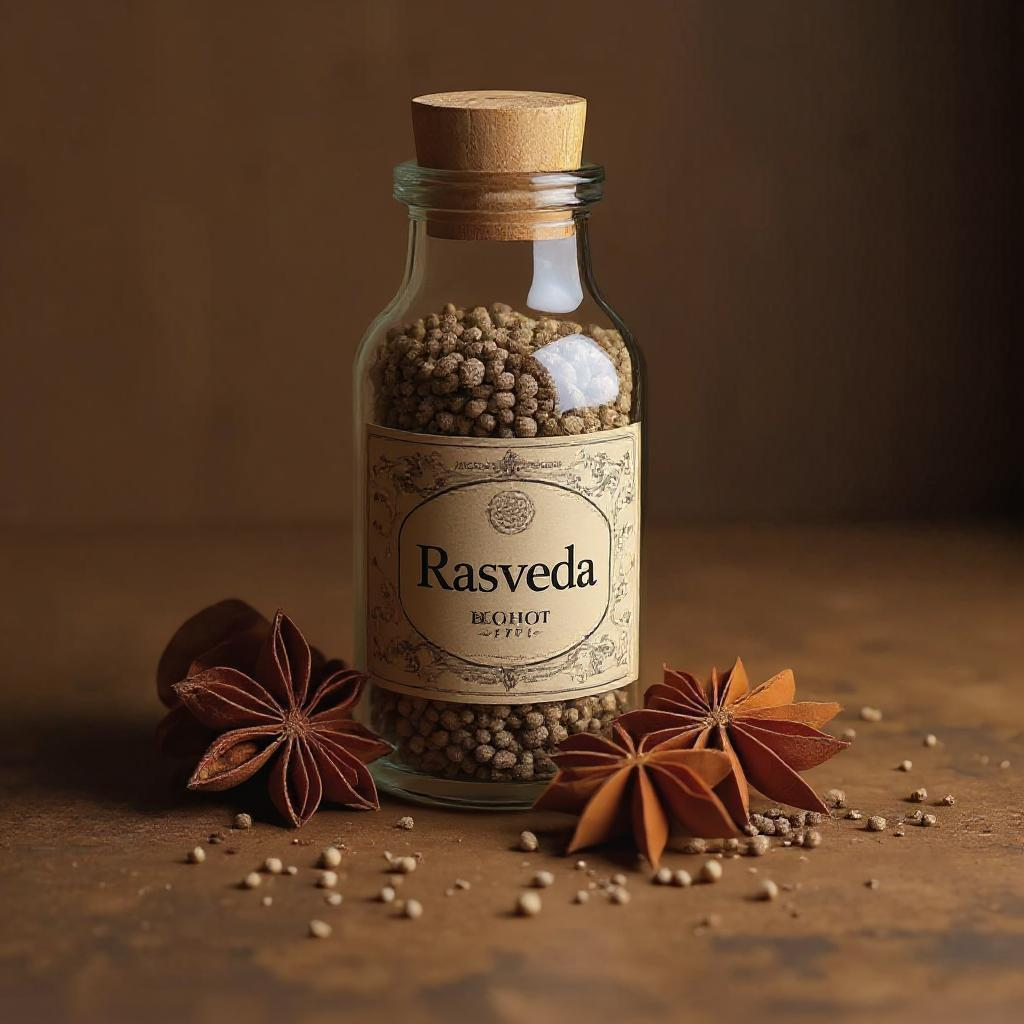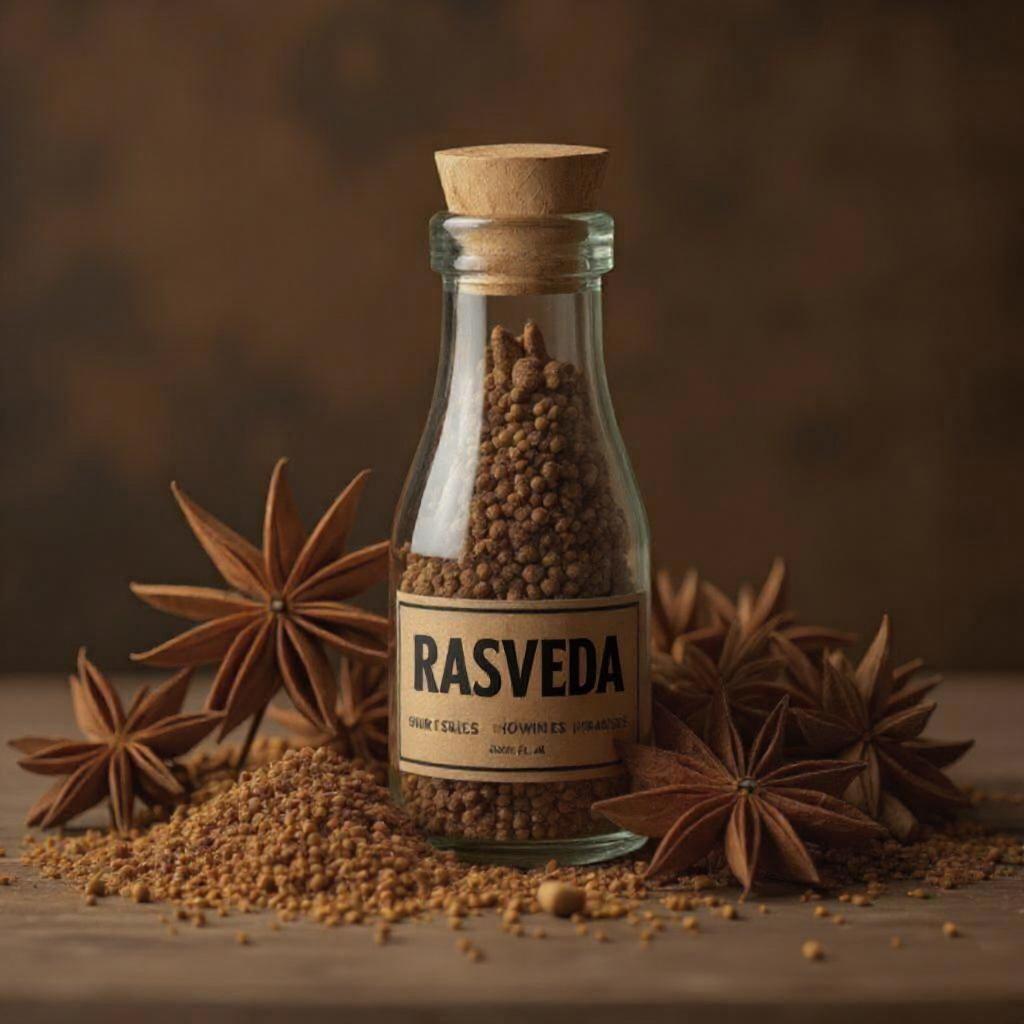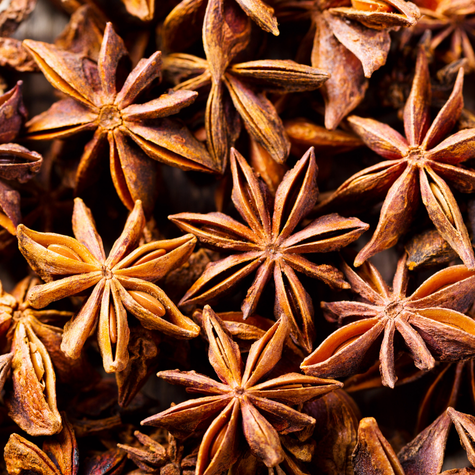Our Spices brand RASVEDA
Whole spices
Cumin Seeds
Cumin seeds are small, elongated seeds from the Cuminum cyminum plant, prized for their distinctive warm, earthy, and slightly nutty flavor. Widely used in cuisines around the world—especially in Indian, Middle Eastern, Mexican, and North African cooking—cumin seeds are often toasted or fried to release their aromatic oils before being added to dishes like curries, stews, soups, and spice blends. Besides enhancing flavor, cumin seeds are known for their digestive benefits, including reducing bloating and aiding metabolism. They are also a good source of iron and antioxidants, making them a flavorful and healthful addition to many recipes.
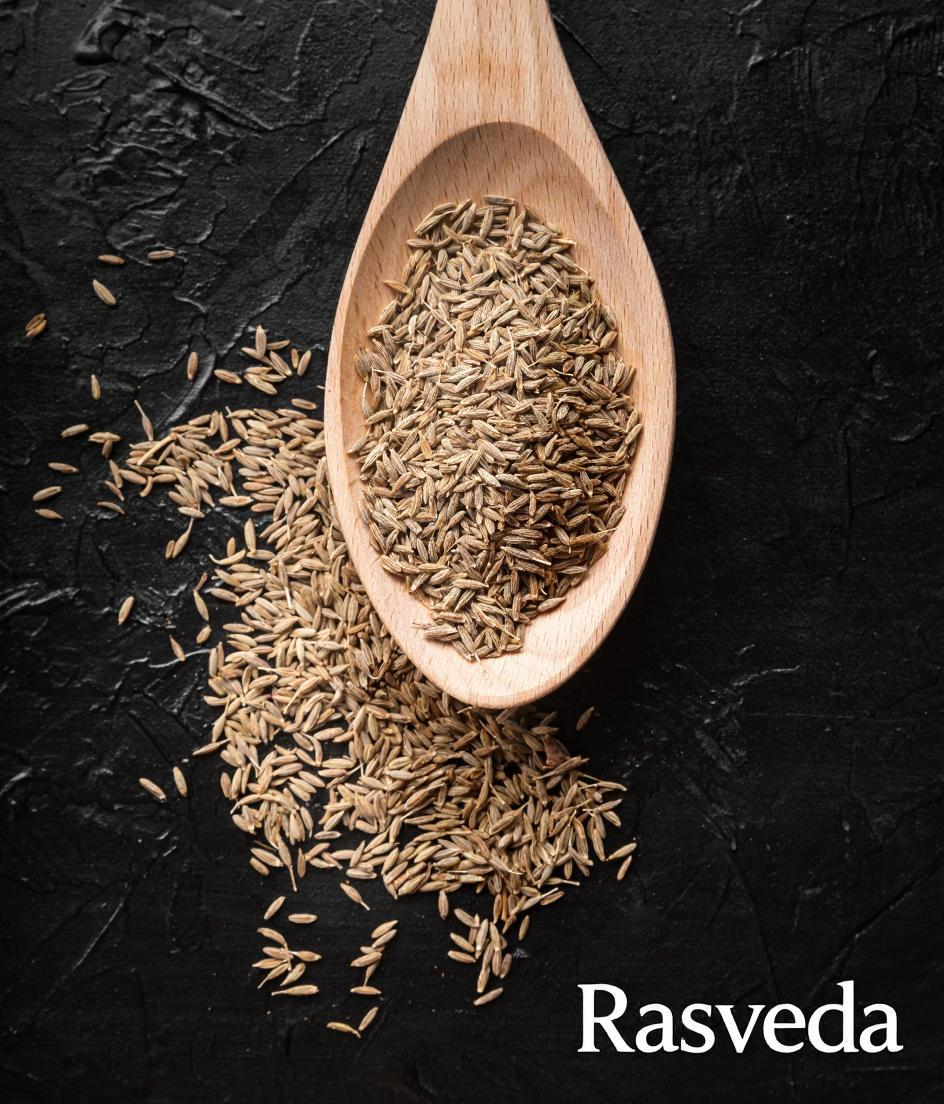
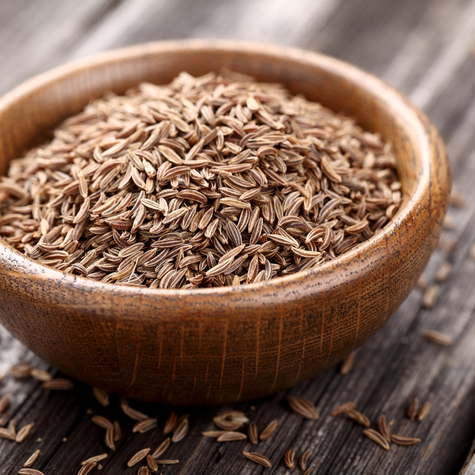

Chilli
Chilli refers to the fruit of plants from the Capsicum genus, known for their spicy heat and vibrant colors ranging from green to red, yellow, and orange. Widely used in cuisines around the world, especially in Indian, Mexican, Thai, and South American dishes, chillies add varying levels of pungency and flavor to food. The heat in chillies comes from capsaicin, a compound that can stimulate metabolism and has pain-relieving properties. Chillis are used fresh, dried, or ground into powders and flakes, and they play a key role in sauces, marinades, curries, and spice blends, bringing both heat and depth to culinary creations.


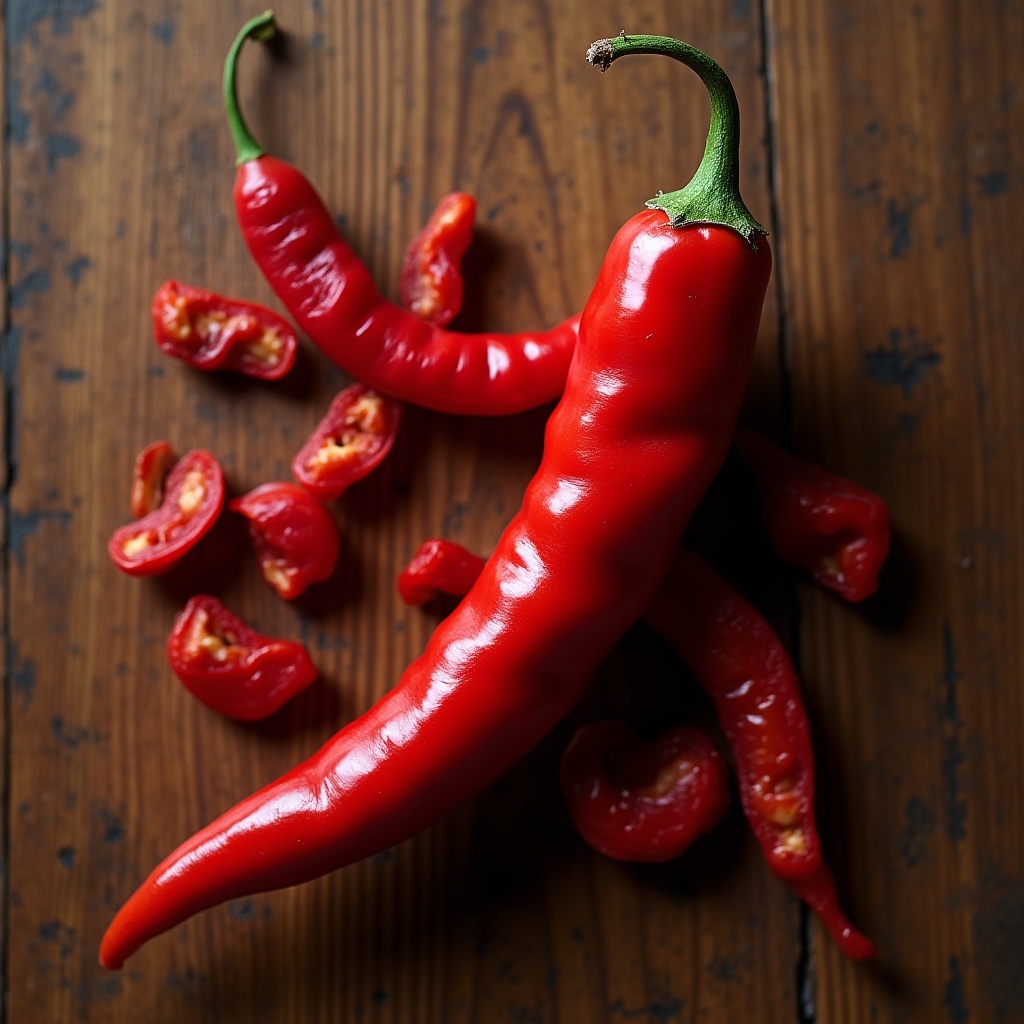
Fennel Seeds
Fennel seeds are small, oval-shaped seeds harvested from the fennel plant (Foeniculum vulgare), known for their sweet, mild, and slightly licorice-like flavor. Commonly used in Indian, Mediterranean, and Middle Eastern cuisines, fennel seeds add a refreshing aroma and taste to dishes such as curries, breads, sausages, and spice blends. They are also popular as a natural digestive aid and breath freshener, often chewed after meals. Rich in antioxidants and essential oils, fennel seeds have traditionally been valued for their anti-inflammatory and carminative properties, making them both a flavorful and healthful ingredient in cooking and herbal remedies.
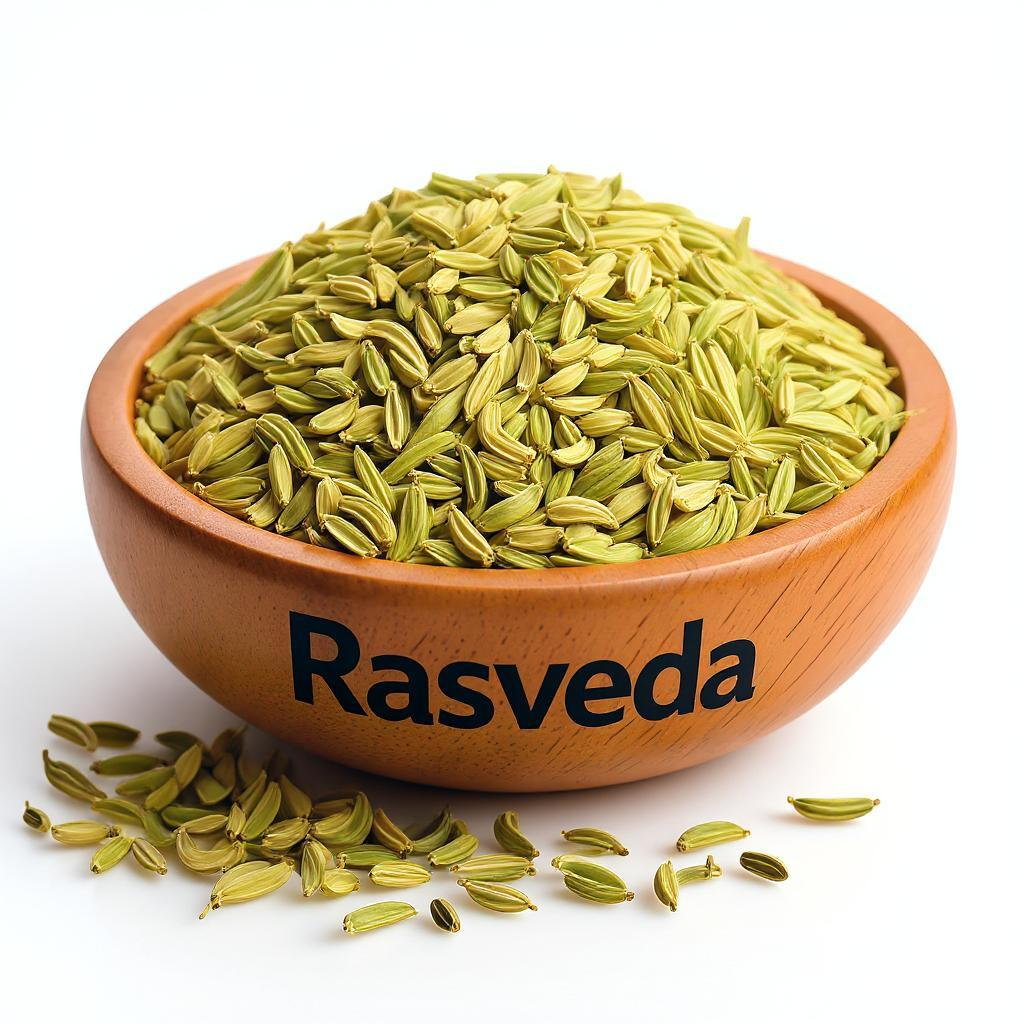
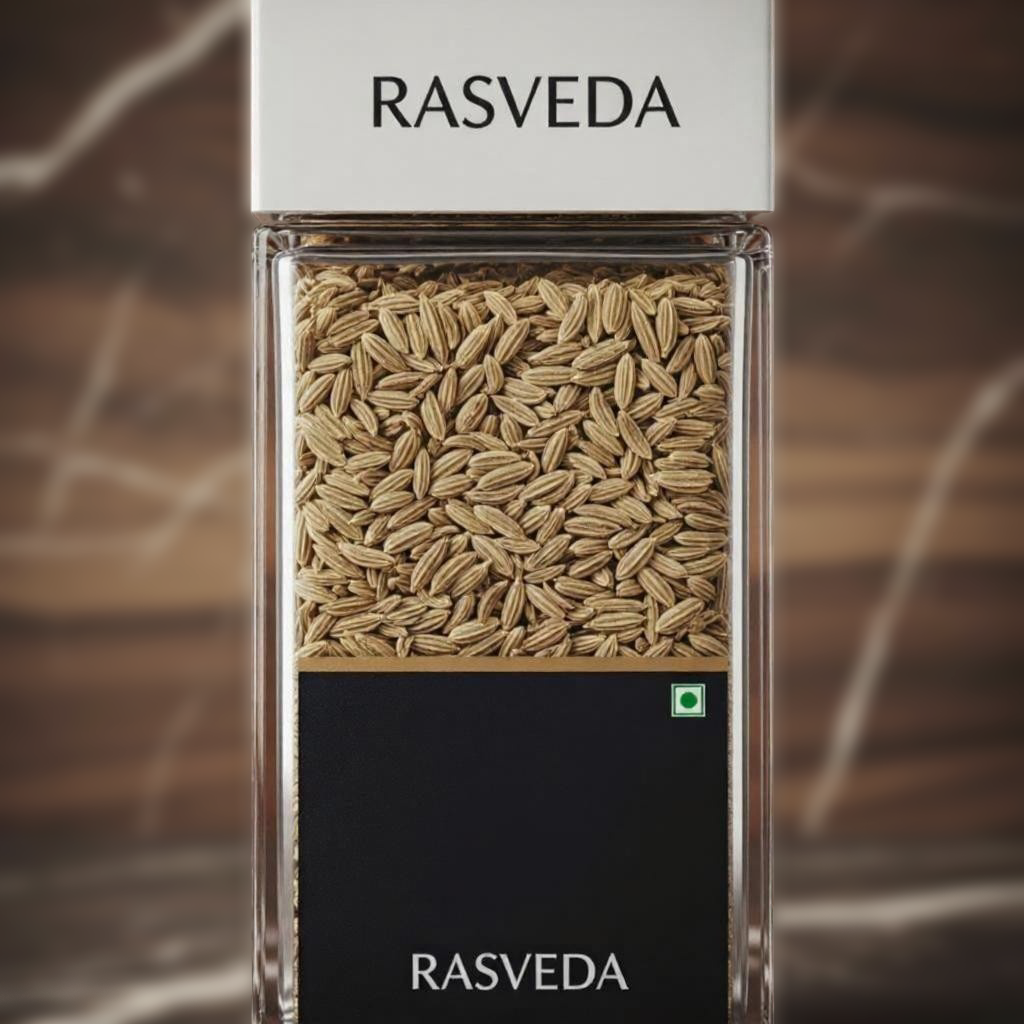
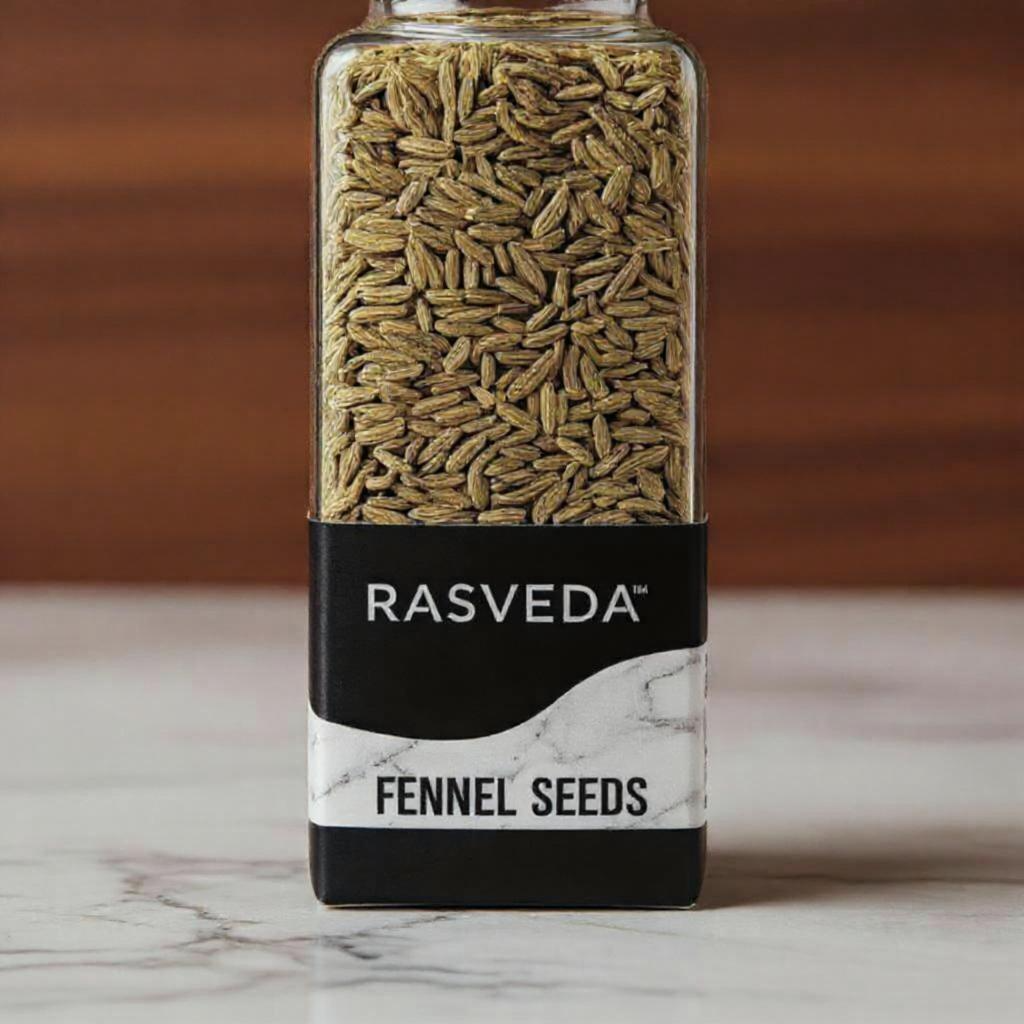
Fenugreek
Fenugreek refers to the seeds of the Trigonella foenum-graecum plant, which are small, hard, and yellowish-brown with a slightly bitter, nutty flavor. Widely used in Indian, Middle Eastern, and North African cuisines, fenugreek seeds add a distinctive taste to curries, pickles, spice blends, and bread. Besides its culinary uses, fenugreek is prized in traditional medicine for its potential to help regulate blood sugar, improve digestion, and support lactation in nursing mothers. The seeds can be used whole, roasted, or ground into powder, making fenugreek a versatile and beneficial ingredient in both cooking and herbal practices.
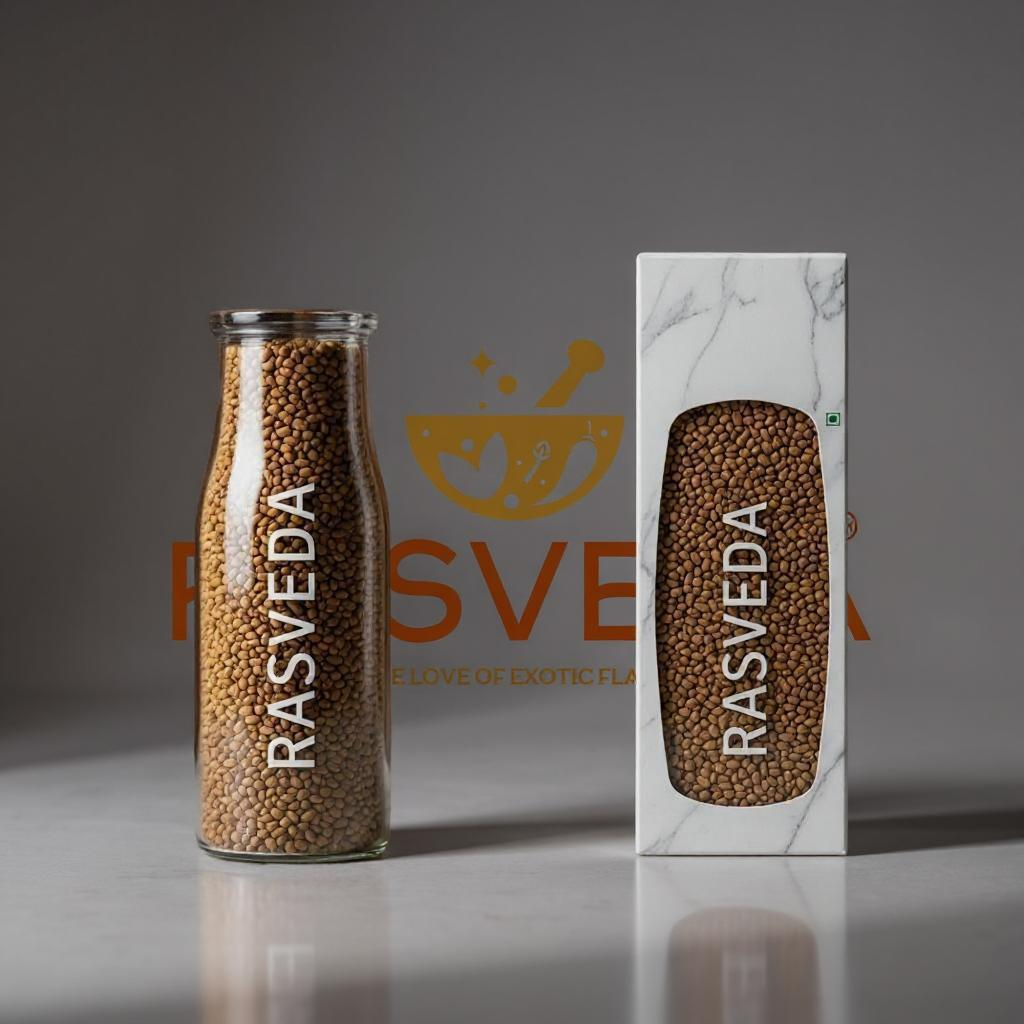
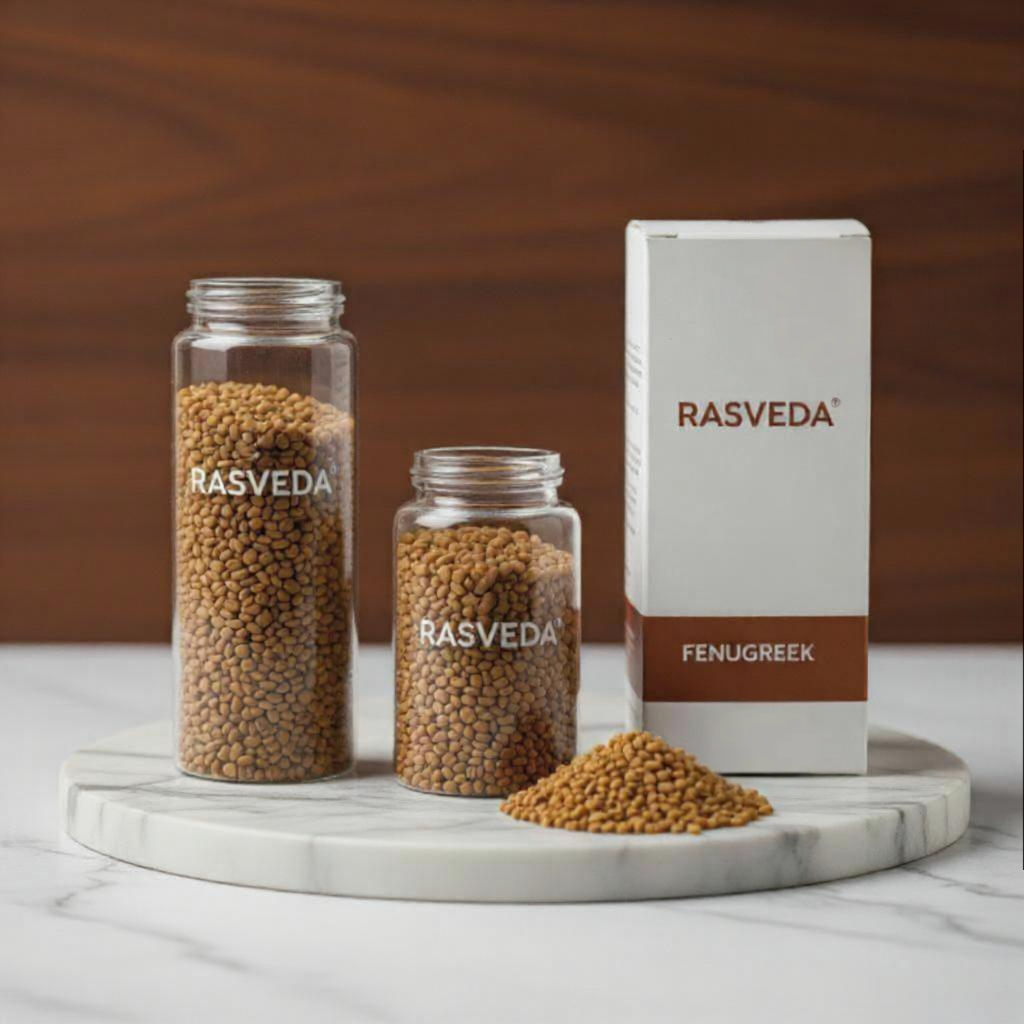

Coriander Seeds
Coriander seeds are small, round, light brown seeds harvested from the Coriandrum sativum plant, known for their warm, citrusy, and slightly sweet flavor. Widely used in various cuisines worldwide, especially Indian, Middle Eastern, and Mediterranean, coriander seeds add a fragrant and subtle depth to dishes like curries, stews, soups, and spice blends. They can be used whole, toasted, or ground into powder to release their essential oils and enhance flavor. In addition to their culinary appeal, coriander seeds are valued in traditional medicine for their digestive and anti-inflammatory properties, making them both a flavorful and health-supportive spice.
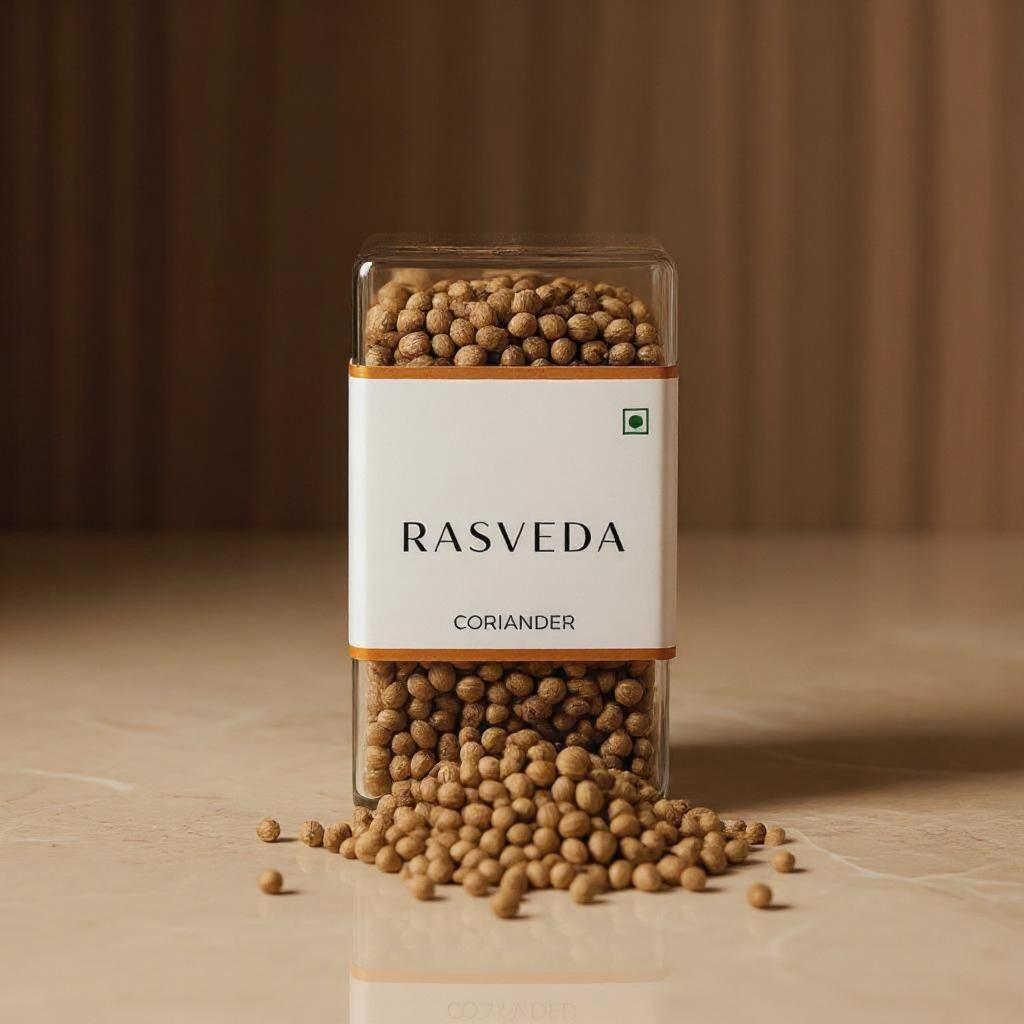


Mustard Seeds
Mustard seeds are small, round seeds that come in various colors including yellow, brown, and black, harvested from mustard plants such as Brassica juncea and Brassica nigra. Known for their sharp, pungent flavor and slight heat, mustard seeds are widely used in cooking across Indian, European, and American cuisines. They are often toasted or fried to release their nutty aroma and added to dishes like pickles, curries, salad dressings, and sauces. Beyond their culinary uses, mustard seeds have traditional medicinal benefits, including aiding digestion and possessing anti-inflammatory and antimicrobial properties. Their versatility and distinctive taste make them a staple spice in many kitchens.
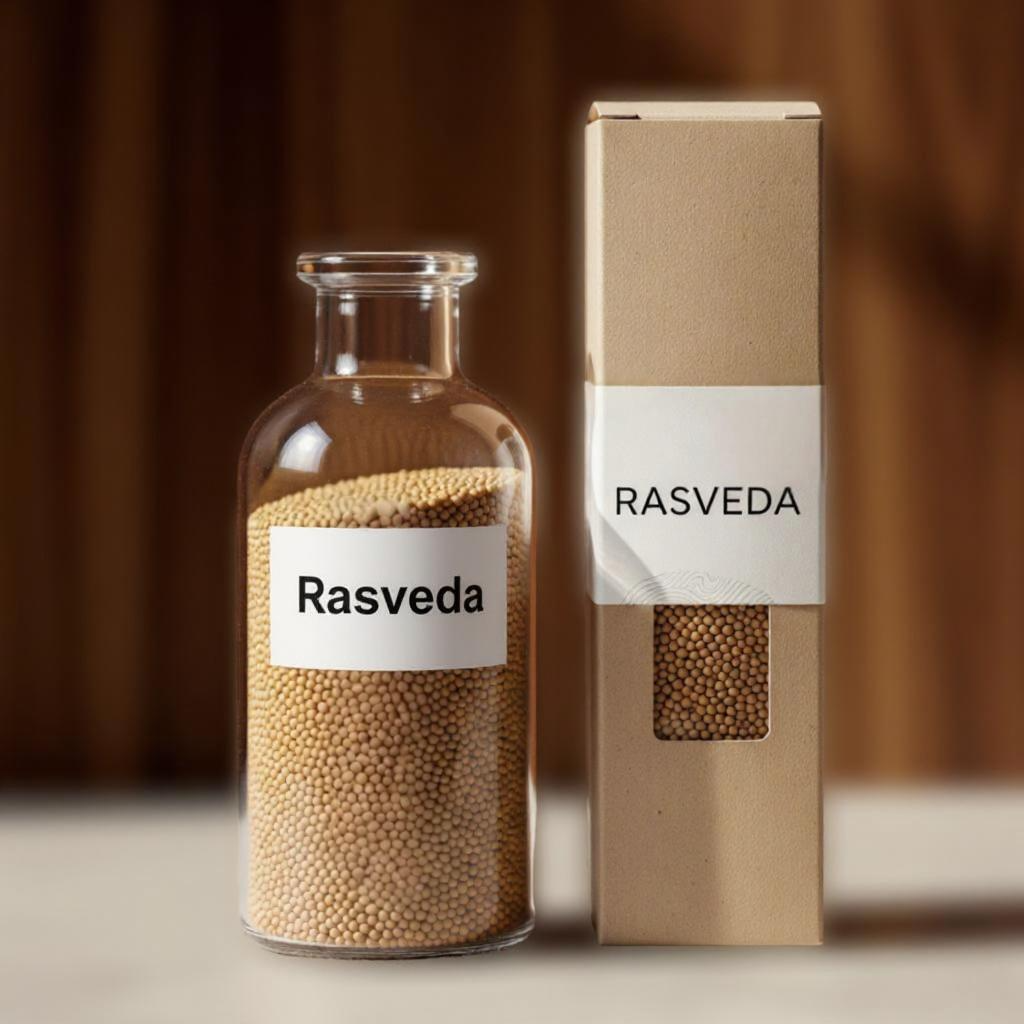
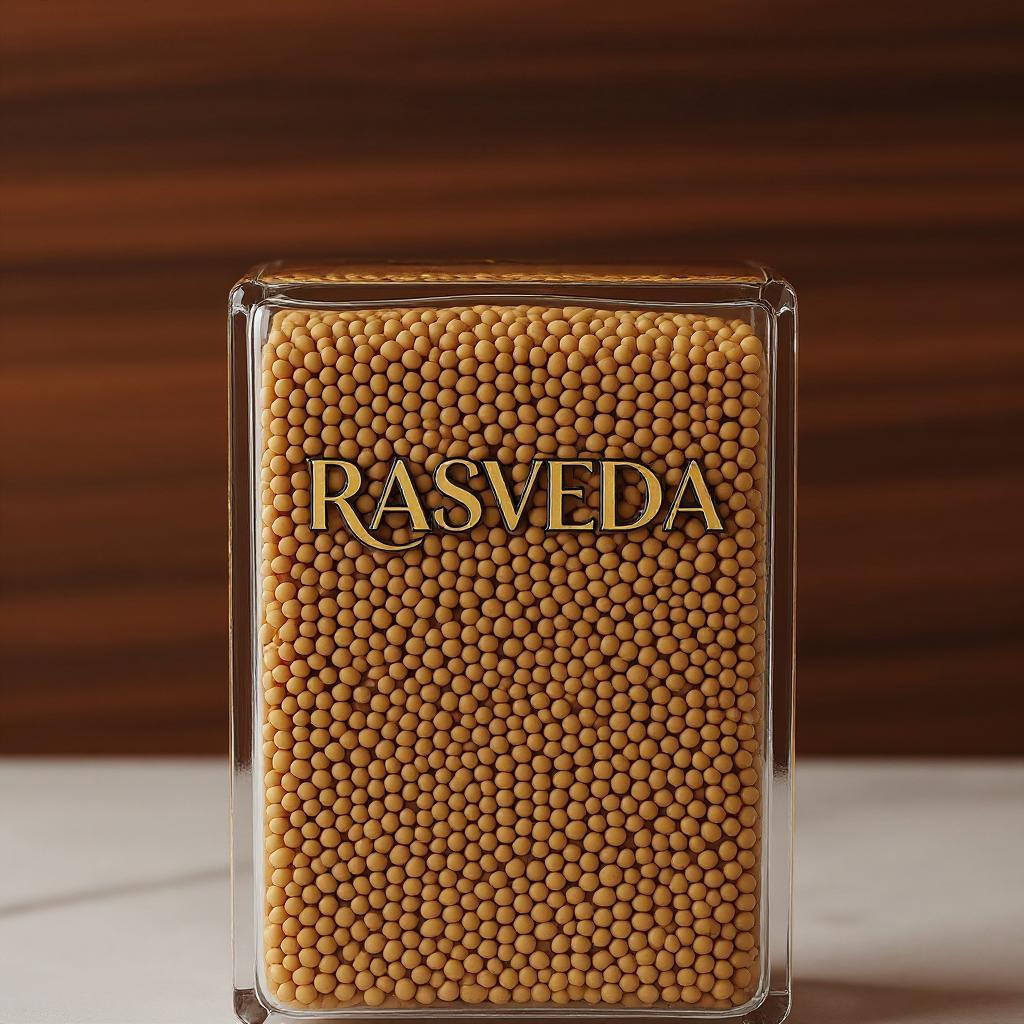
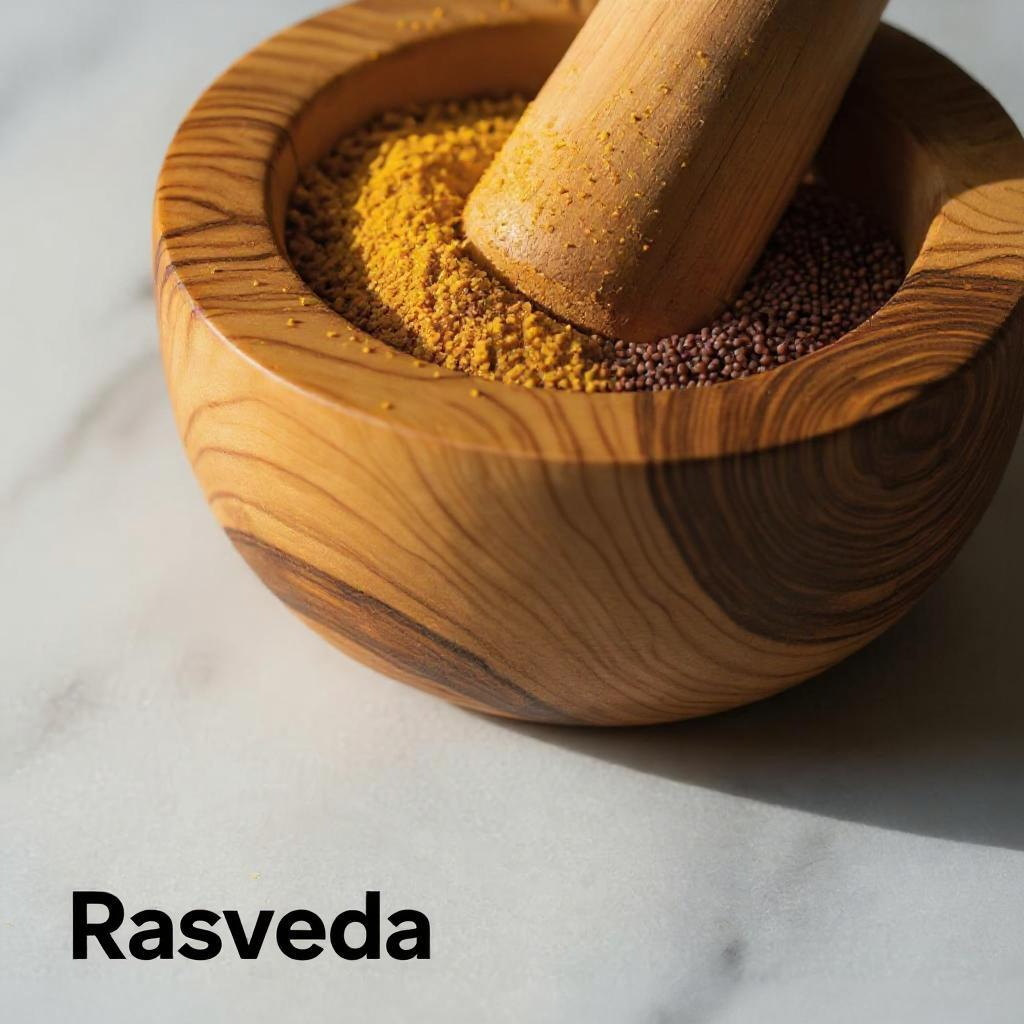
Nigella Seeds (Kalongi)
Kalongi, also known as black seed, refers to the tiny black seeds of the Nigella sativa plant. These seeds have a slightly bitter, peppery flavor with hints of onion and oregano, making them popular in Middle Eastern, Indian, and North African cuisines. Often sprinkled on breads, added to spice blends, or used in pickles, kalongi adds a unique aroma and taste to dishes. Traditionally, kalongi is celebrated for its medicinal properties, including immune-boosting, anti-inflammatory, and antioxidant effects, and has been used for centuries to support overall health and treat various ailments.
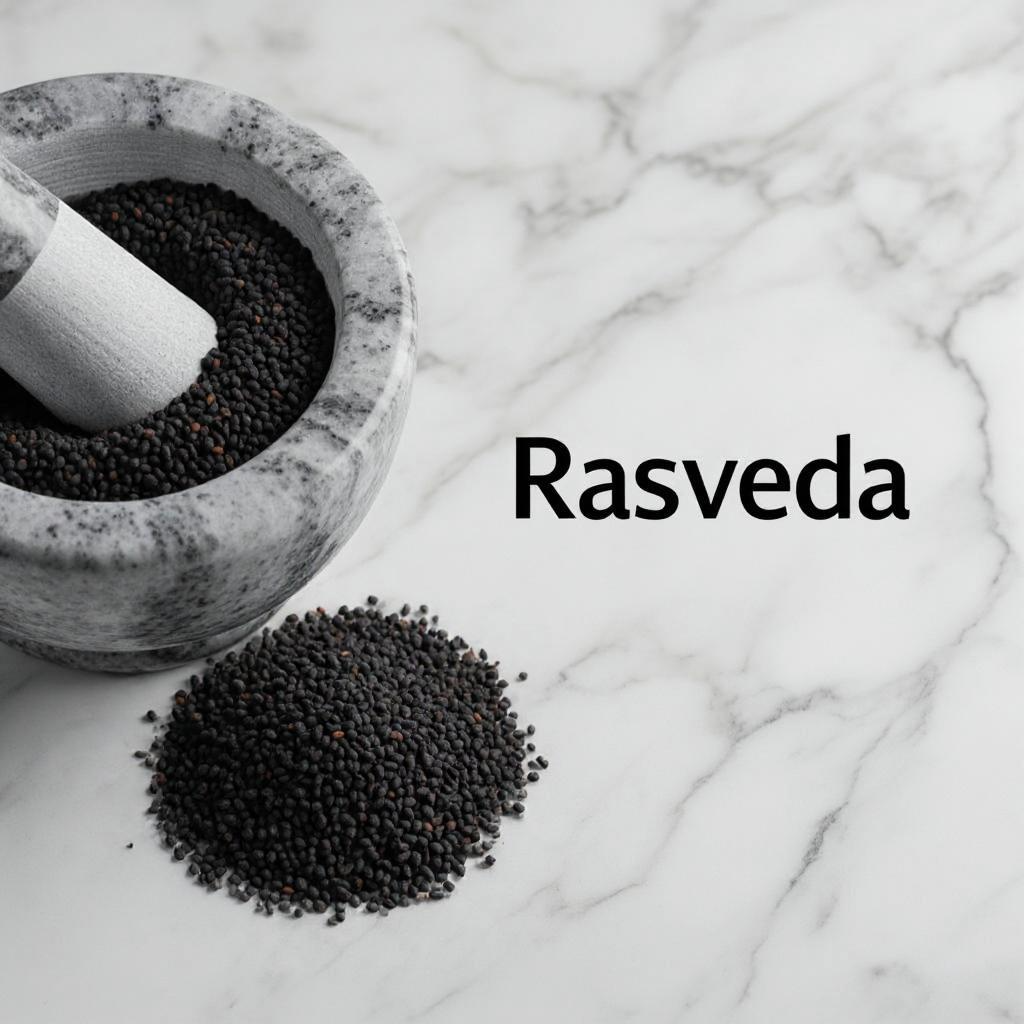


Black Pepper Whole
Black pepper is a popular spice made from the dried, unripe berries of the Piper nigrum plant. Known as the “king of spices,” it has a sharp, pungent flavor with a hint of heat and a fragrant aroma. Black pepper is widely used across global cuisines to season savory dishes, soups, marinades, and spice blends. Beyond its culinary role, it is valued for its digestive benefits and its active compound piperine, which may enhance nutrient absorption and provide antioxidant and anti-inflammatory effects. Its versatility and distinctive taste make black pepper a staple in kitchens worldwide.
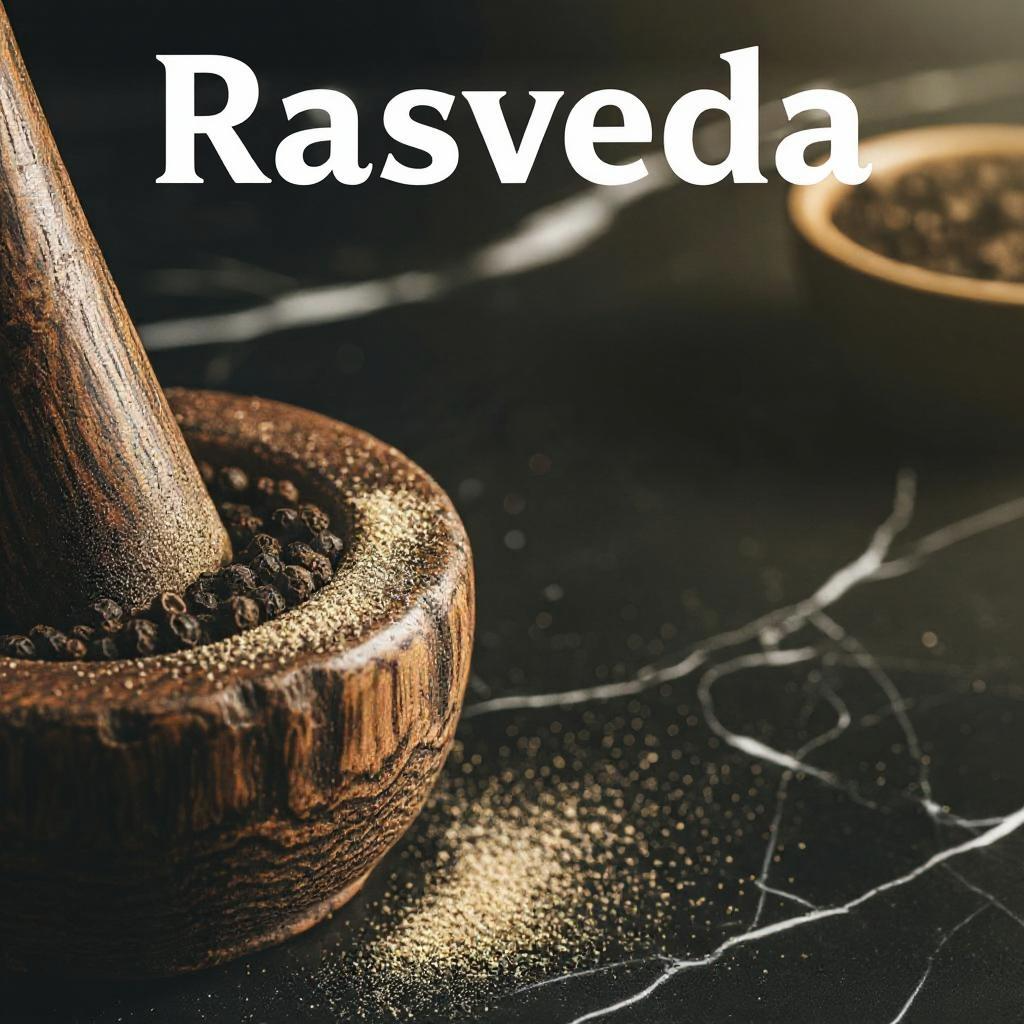
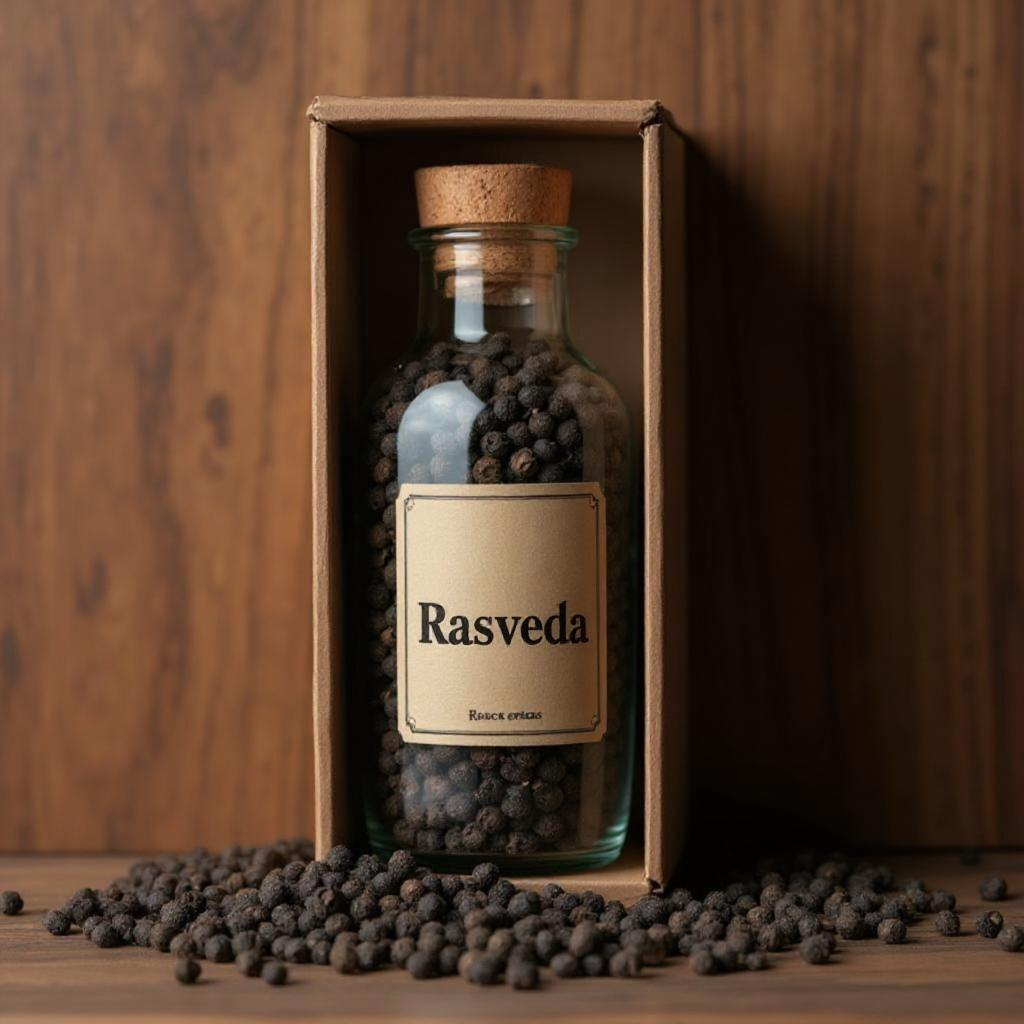
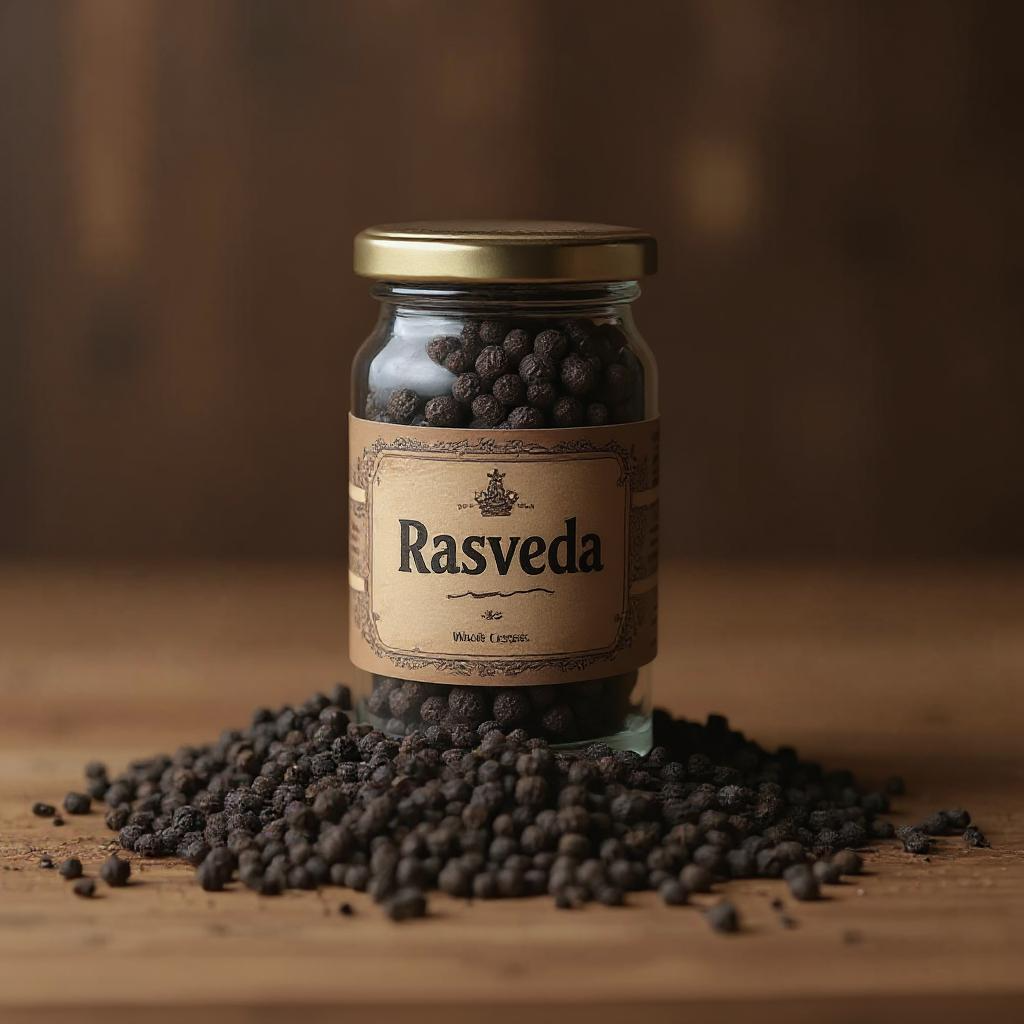
White Pepper Whole
White pepper is a spice made from the ripe seeds of the Piper nigrum plant, with the outer black skin removed through soaking and rubbing. It has a milder, less pungent flavor compared to black pepper, offering a subtle heat and slightly earthy taste. White pepper is often used in light-colored dishes like white sauces, mashed potatoes, and soups where the appearance of black specks is undesirable. Common in Asian and European cuisines, it adds a gentle warmth and aroma without overpowering other flavors. Like black pepper, white pepper contains piperine and is appreciated for its digestive and antioxidant properties.
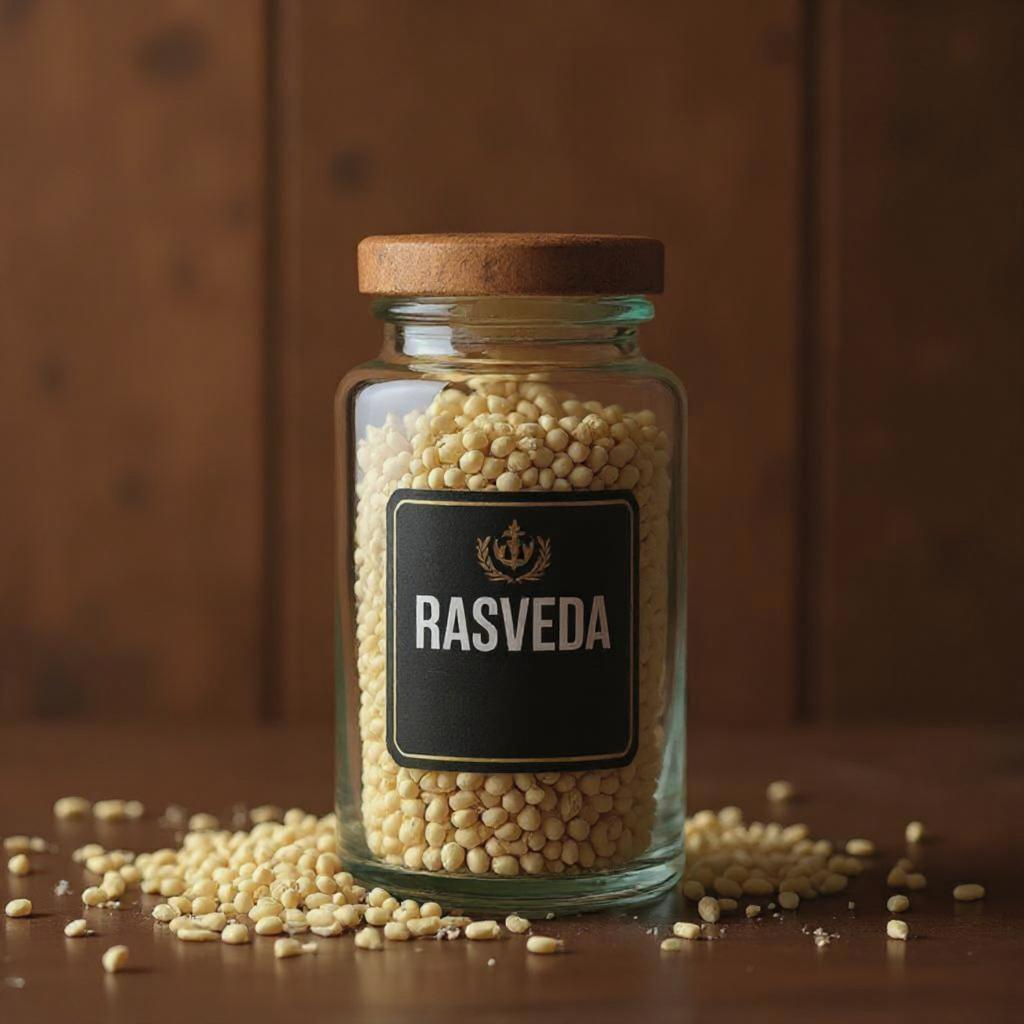


Sesame seeds
Sesame seeds are small, oval seeds that come in colors ranging from white and beige to black and brown, harvested from the Sesamum indicum plant. Known for their mild, nutty flavor and crunchy texture, sesame seeds are widely used in baking, cooking, and garnishing across many cuisines, including Middle Eastern, Asian, and African. They are a key ingredient in tahini (sesame paste), sesame oil, and various breads, salads, and sweets. Rich in healthy fats, protein, fiber, and essential minerals like calcium and iron, sesame seeds also offer antioxidant and anti-inflammatory benefits, making them both a tasty and nutritious addition to meals.
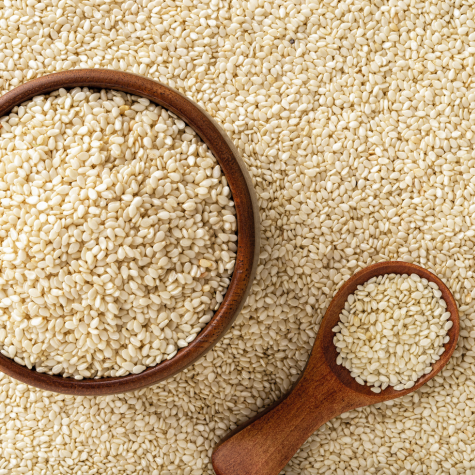


Green Cardamom
Green cardamom is a highly prized spice made from the seeds of the Elettaria cardamomum plant, known for its sweet, floral, and slightly citrusy flavor with a refreshing aroma. Often called the “queen of spices,” green cardamom is widely used in Indian, Middle Eastern, and Scandinavian cuisines to flavor sweets, desserts, teas, curries, and rice dishes. The whole pods or ground seeds are used to add a complex and fragrant note to recipes. Beyond its culinary uses, green cardamom is valued in traditional medicine for aiding digestion, freshening breath, and possessing antioxidant and anti-inflammatory properties. Its unique taste and health benefits make it a beloved and versatile spice worldwide.
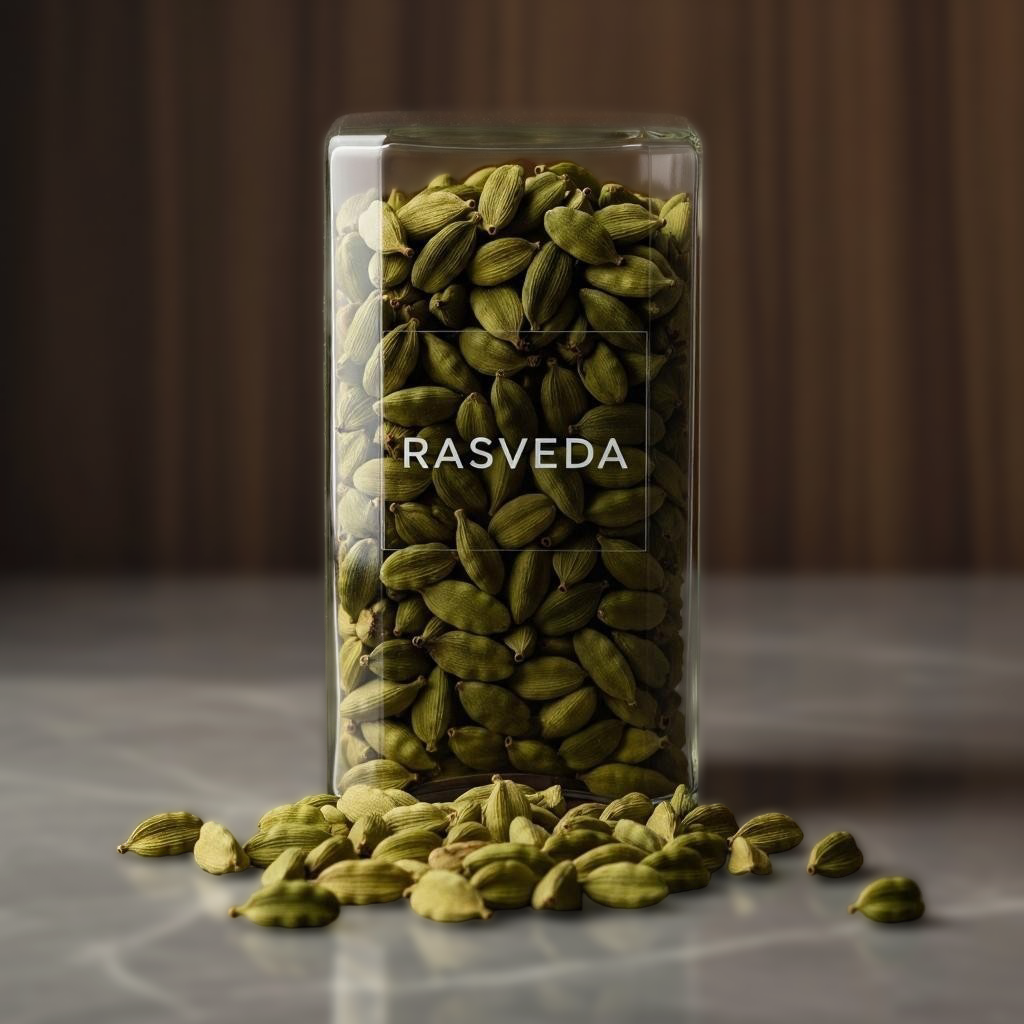


Black Cardamom
Black cardamom is a bold, smoky spice made from the dried seed pods of the Amomum subulatum plant. Unlike its green counterpart, black cardamom has a strong, earthy flavor with hints of camphor and a distinctive smoky aroma due to the traditional drying process over open flames. It is commonly used in Indian, Nepalese, and Chinese cuisines, especially in savory dishes like stews, biryanis, and meat curries, where it adds depth and warmth. Besides its rich flavor, black cardamom is also valued in traditional medicine for its digestive benefits and respiratory relief. Its robust taste makes it an essential spice for hearty and aromatic dishes.
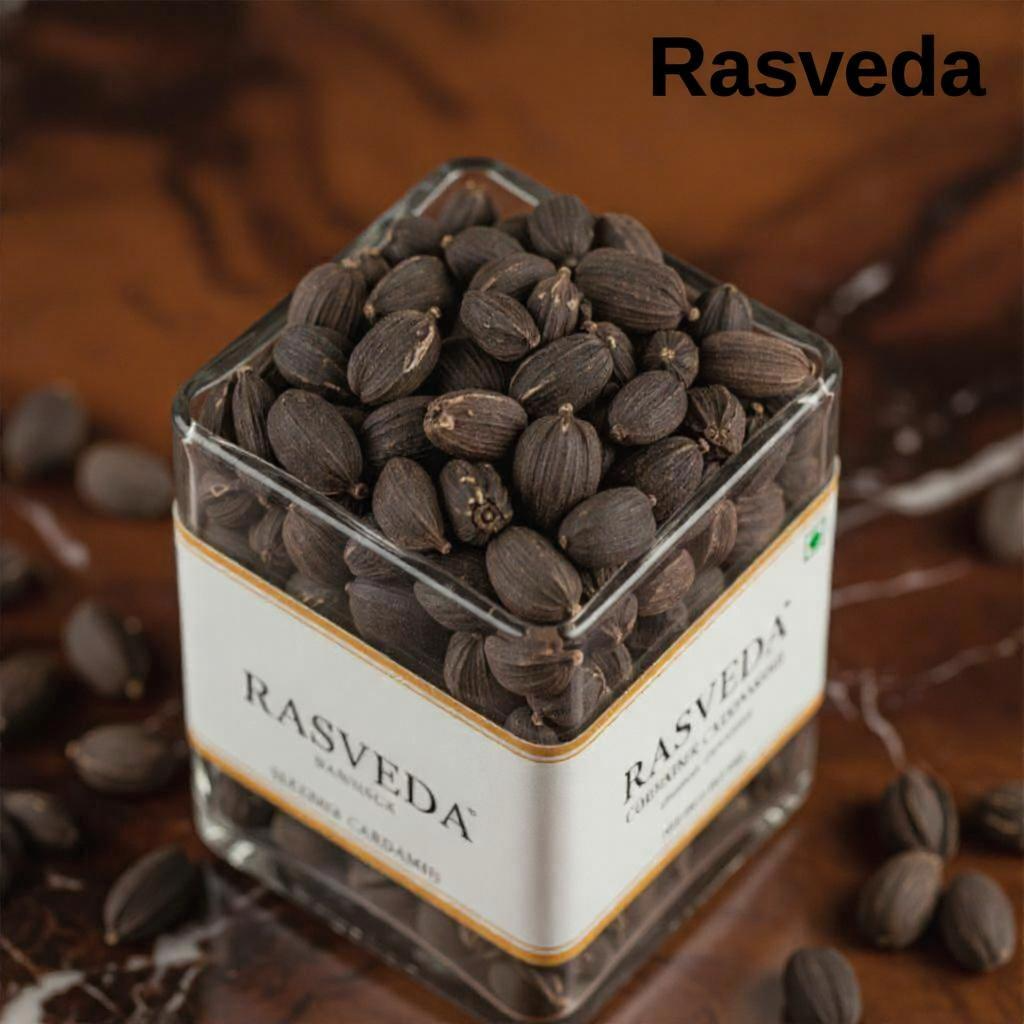
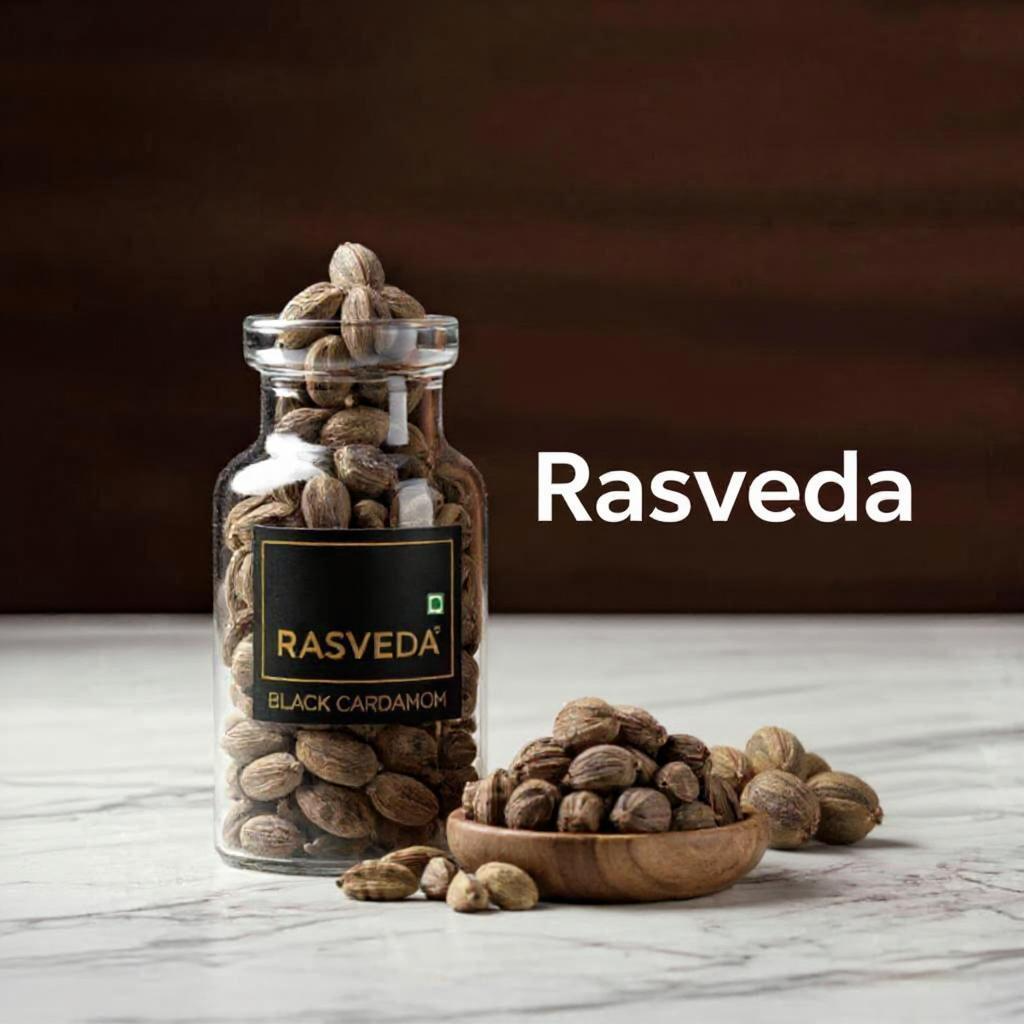

Cloves
Cloves are the dried flower buds of the Syzygium aromaticum tree, known for their strong, warm, and slightly sweet aroma with a hint of bitterness. These small, dark brown buds are widely used as a spice in both sweet and savory dishes across many cuisines, including Indian, Middle Eastern, and European. Cloves add depth and intensity to baked goods, curries, marinades, and beverages like mulled wine and chai. Beyond their culinary uses, cloves have been valued in traditional medicine for their antibacterial, anti-inflammatory, and analgesic properties, particularly for relieving toothaches and aiding digestion. Because of their potent flavor, cloves are typically used sparingly to enhance dishes with their unique fragrance and taste.

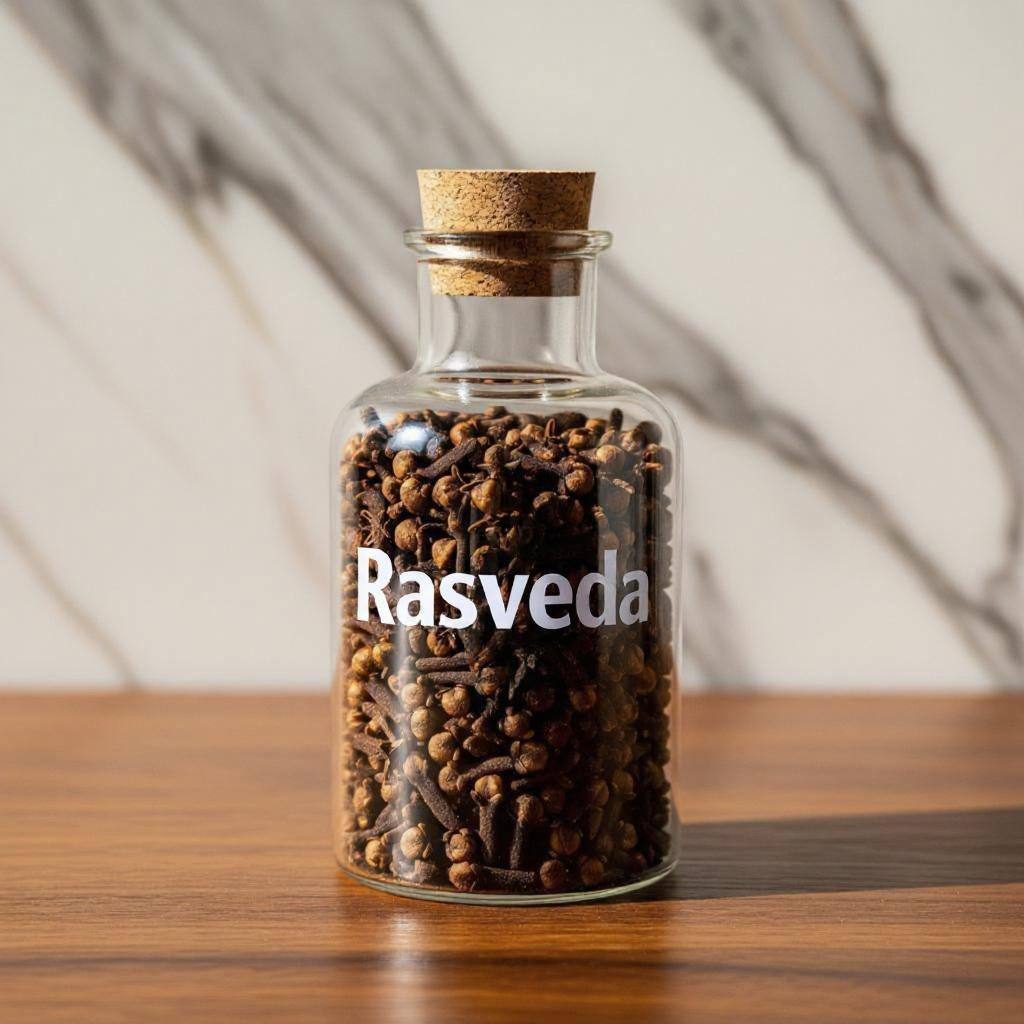

Black Cumin (Shah Jeera)
Black cumin, also known as Shah Jeera, is a small, slender seed from the Bunium persicum plant, distinct from regular cumin and black seed (kalongi). It has a warm, earthy aroma with subtle hints of citrus and anise, offering a delicate, slightly bitter flavor. Widely used in Indian, Persian, and Middle Eastern cuisines, Shah Jeera is often added to rice dishes, curries, and spice blends to impart a unique fragrance and depth of flavor. Besides its culinary appeal, black cumin is valued in traditional medicine for its digestive, anti-inflammatory, and antioxidant properties. Its subtle taste and health benefits make it a prized and versatile spice in many kitchens.



Indian Saffron
Indian saffron, also known as Kesar, is a precious and highly valued spice derived from the dried stigmas of the Crocus sativus flower. Renowned for its vibrant golden-yellow color, delicate floral aroma, and subtle, slightly sweet flavor, Indian saffron is widely used in cooking, baking, and traditional medicine across India and beyond. It is a key ingredient in rich dishes like biryanis, desserts such as kesar pulao and kulfi, and special beverages like saffron milk. Beyond its culinary uses, Indian saffron is prized for its antioxidant properties, mood-enhancing effects, and potential health benefits, making it one of the most luxurious and sought-after spices in the world.
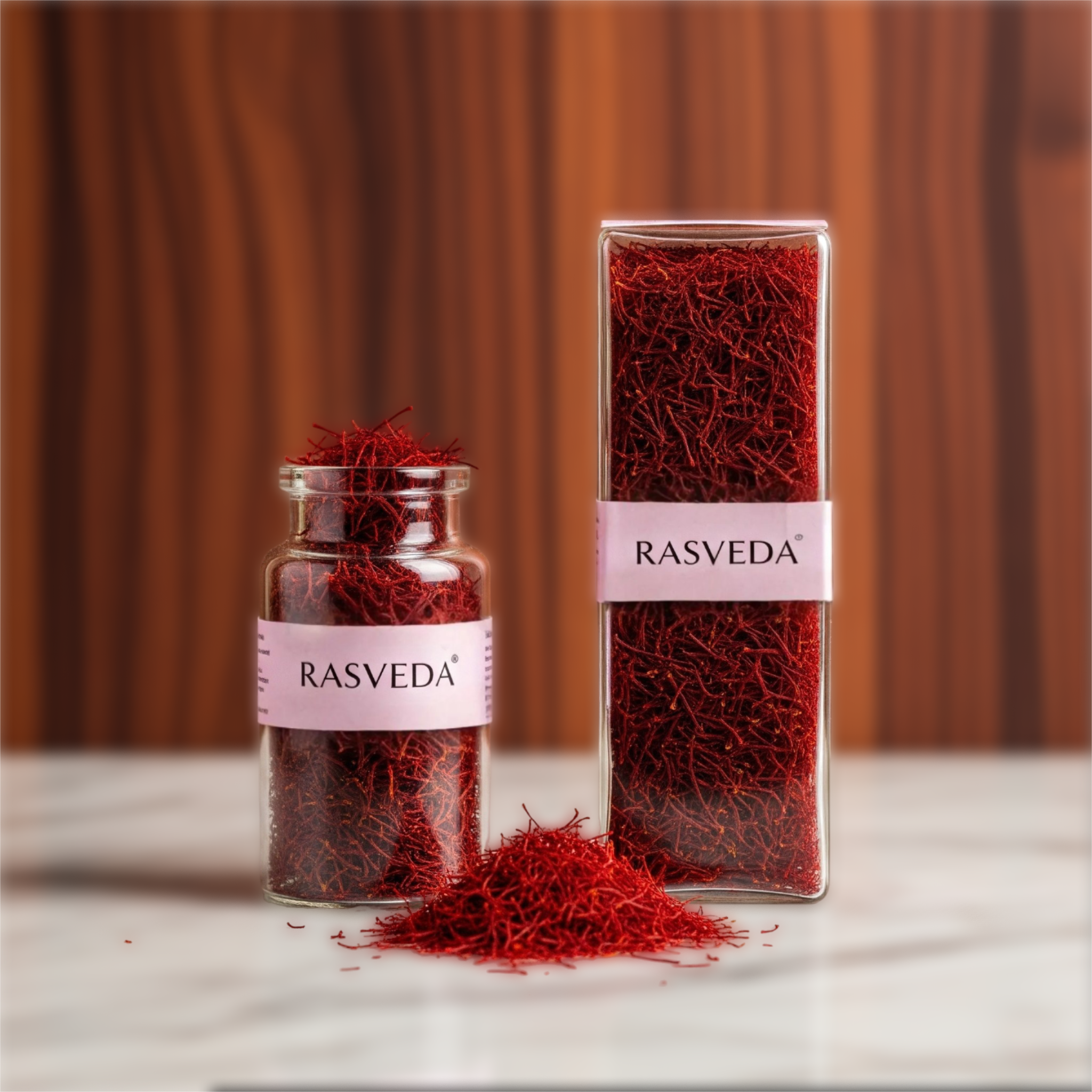

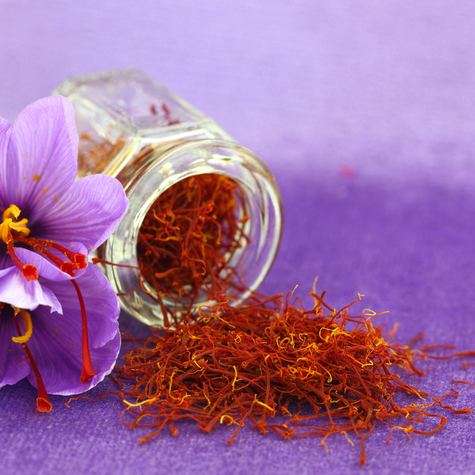
Nutmeg
Nutmeg is a warm, aromatic spice derived from the seed of the Myristica fragrans tree, native to the Spice Islands of Indonesia. Known for its slightly sweet, nutty flavor, nutmeg is commonly used in both sweet and savory dishes around the world—from desserts like pies and custards to savory items such as soups, sauces, and meats. The seed is typically grated or ground before use, and a little goes a long way due to its strong flavor. Beyond its culinary uses, nutmeg has also been used in traditional medicine for its potential digestive and anti-inflammatory properties. However, it should be consumed in moderation, as large amounts can be toxic due to the presence of a compound called myristicin.
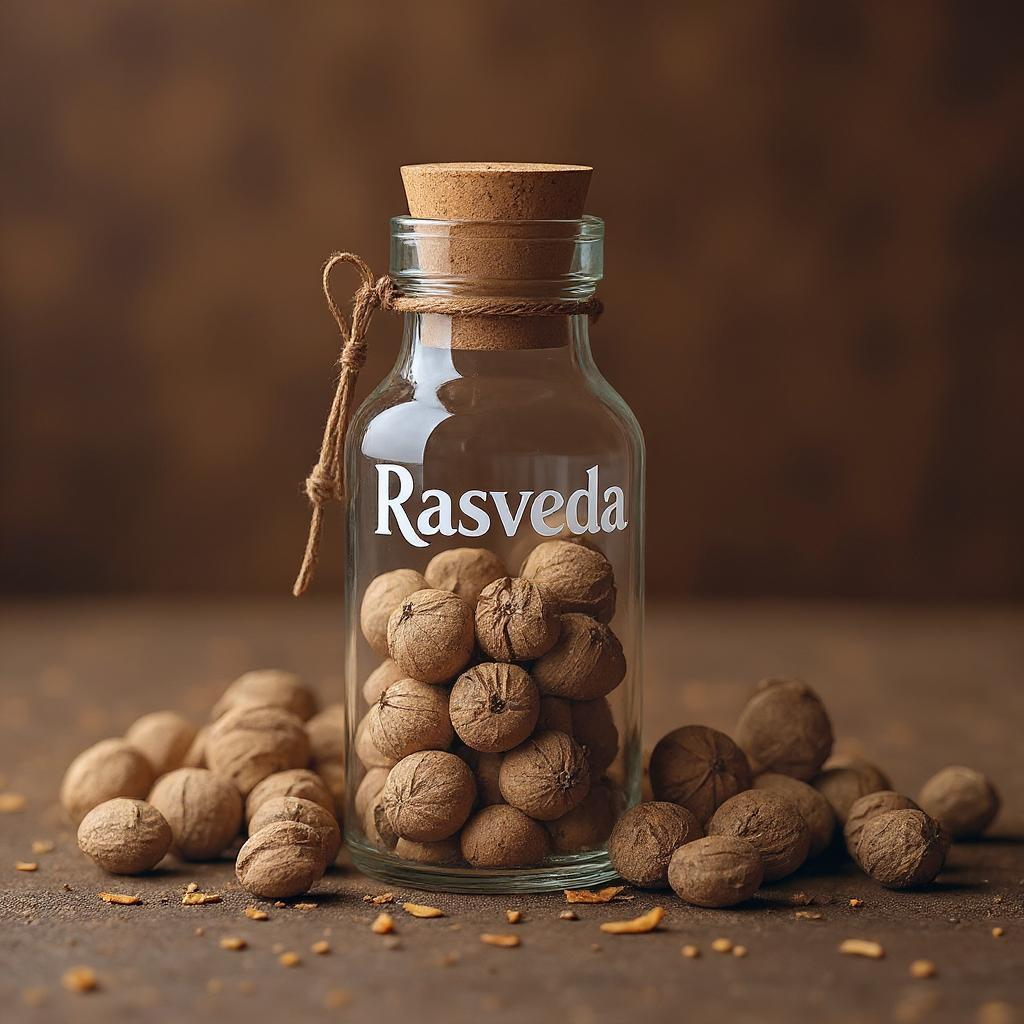


Cinnamon (Cassia)
Cinnamon (Cassia) is a popular spice obtained from the bark of the Cinnamomum cassia tree, which is primarily grown in China and Southeast Asia. It has a strong, spicy-sweet flavor and a dark reddish-brown color, making it a staple in both sweet and savory dishes around the world. Compared to true cinnamon (Ceylon cinnamon), cassia is thicker, coarser, and more pungent, with a higher content of coumarin—a natural compound that can be harmful in large doses. Cassia cinnamon is commonly used in baking, spice blends, curries, and even beverages like chai and mulled wine. It also holds traditional value in herbal medicine for its potential to help regulate blood sugar and support digestion.
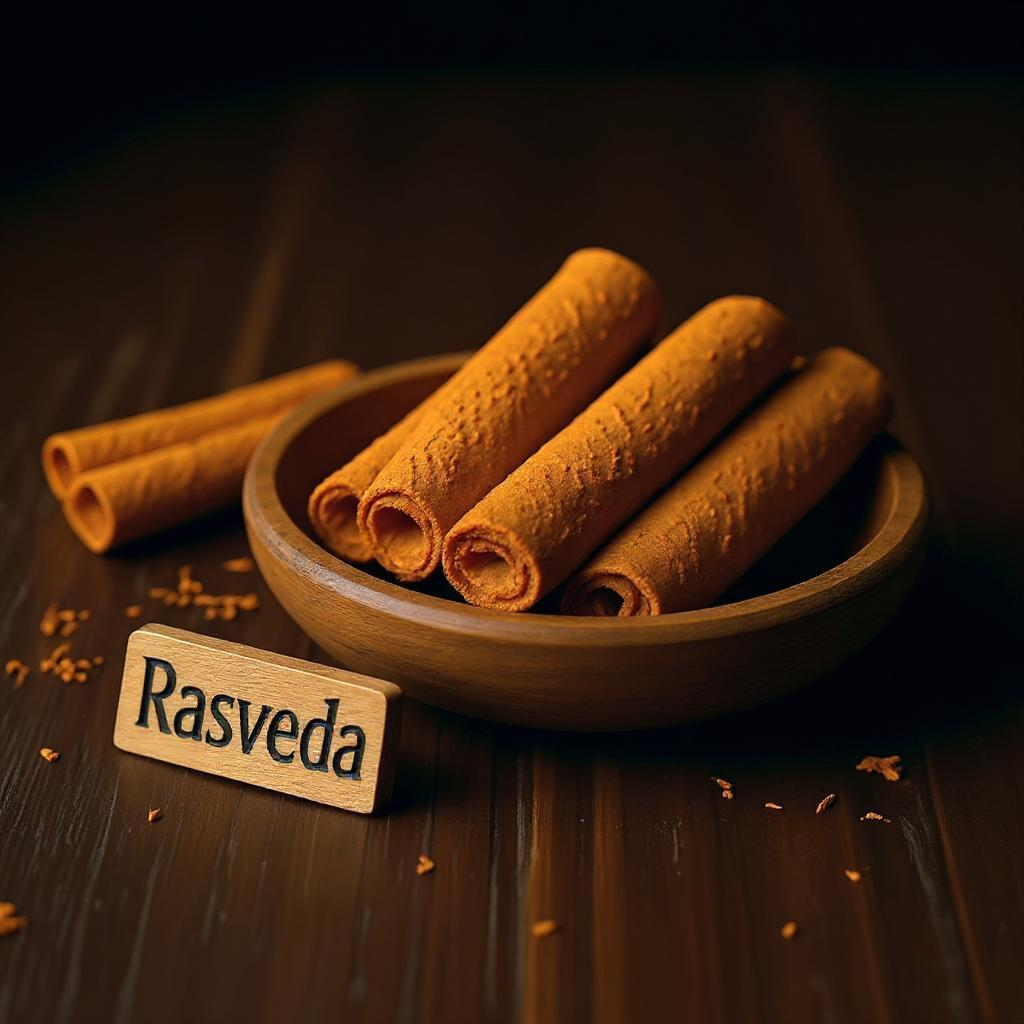

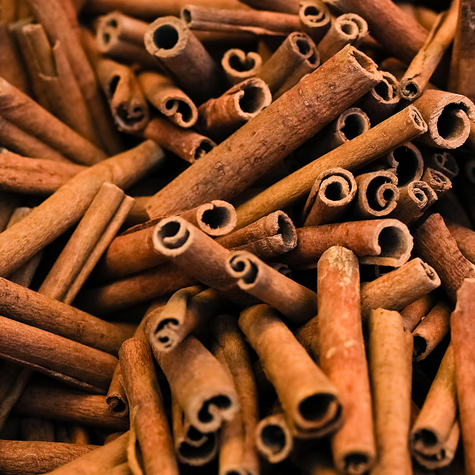
Mace
Mace is a vibrant, aromatic spice derived from the lacy red covering (called the aril) of the nutmeg seed from the Myristica fragrans tree. While it comes from the same fruit as nutmeg, mace has a more delicate, slightly spicier flavor with hints of pepper and citrus. Its warm, golden-orange hue and refined taste make it a prized ingredient in both sweet and savory dishes, including baked goods, soups, sauces, and spice blends like garam masala. Mace is especially valued in European, Middle Eastern, and Indian cuisines. Like nutmeg, it contains essential oils that have been used in traditional medicine for their digestive and anti-inflammatory properties, though it should be used sparingly due to its potency.
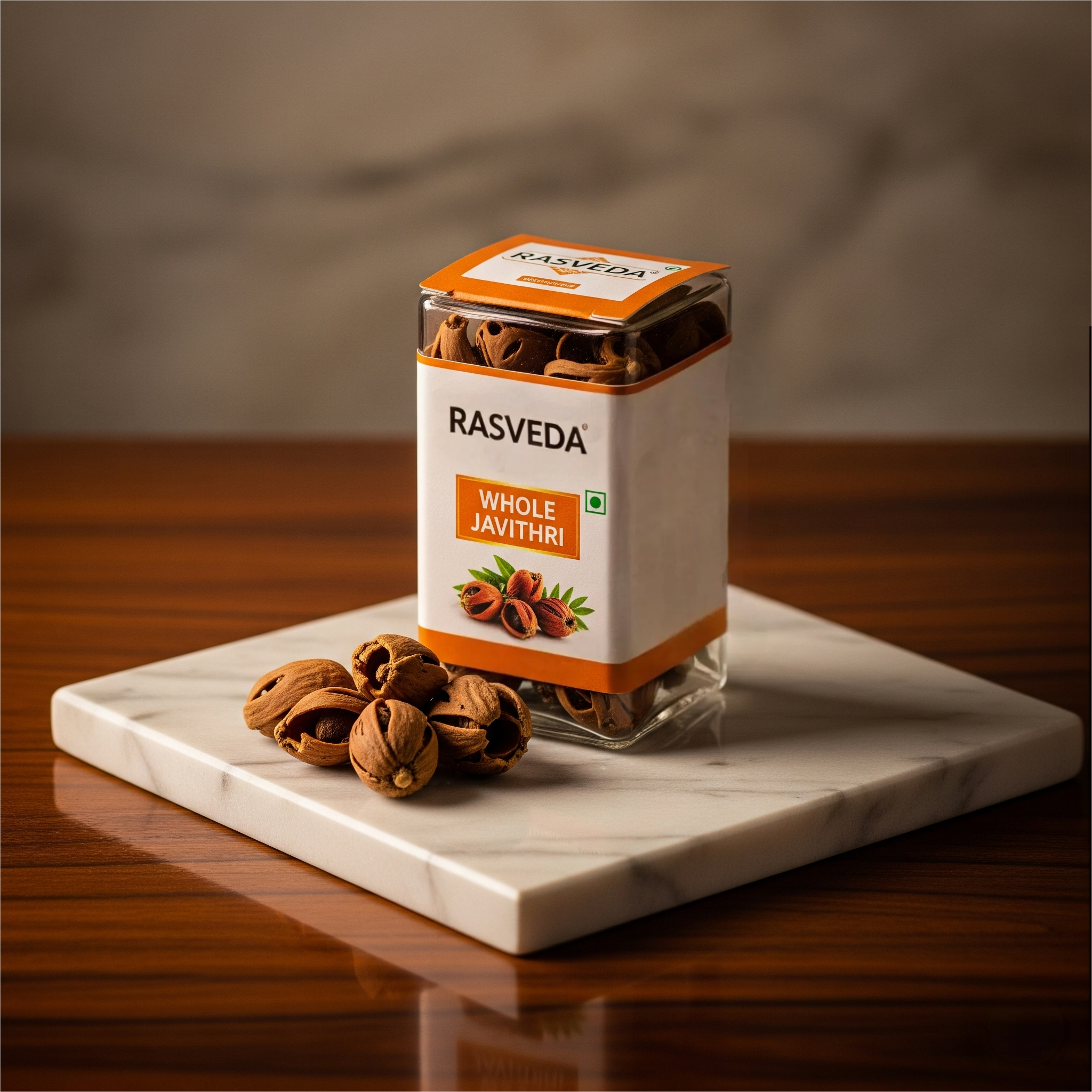


Star Anise
Star Anise (Illicium verum) is a star-shaped spice native to China and Vietnam, known for its distinct aroma and flavor similar to licorice. It is widely used in Asian cuisine, especially in Chinese five-spice powder and Indian masala chai, and is also a key ingredient in the production of the antiviral drug oseltamivir (Tamiflu). The spice is rich in antioxidants and has antimicrobial, antifungal, and anti-inflammatory properties. Star anise is usually used whole or ground, and its essential oil is valued in aromatherapy and perfumery. Though similar in taste, it should not be confused with Japanese star anise, which is toxic and inedible.
